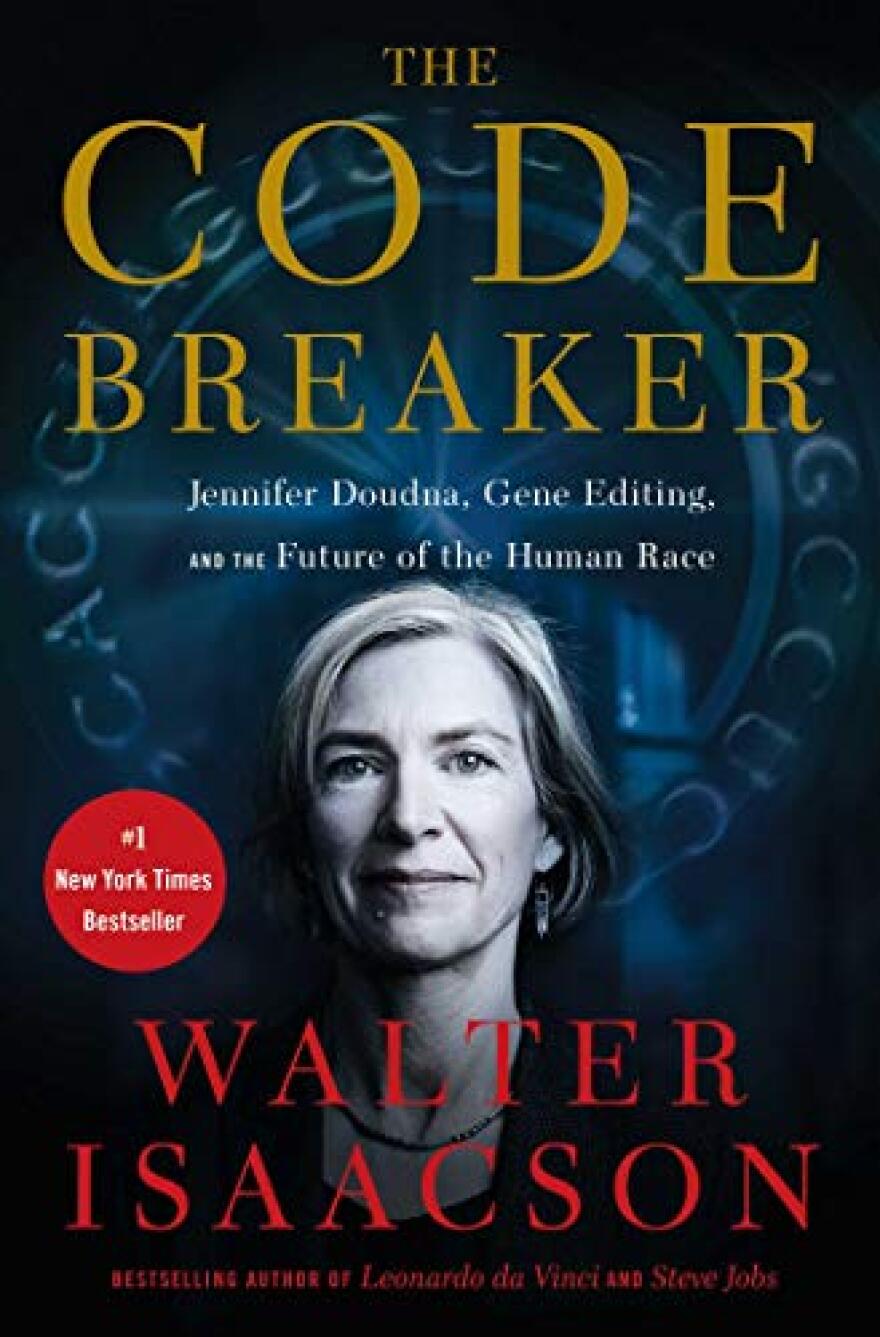You know how writers are sometimes asked whom they would like to have over for a small dinner party? Well, historian, biographer and academic Walter Isaacson, out now with another magnificent tome, The Code Breaker, says – with nods to other innovators he’s written about, including Einstein, Steve Jobs and his favorite genius, Leonardo Da Vinci – that his guests would be Benjamin Franklin and Jennifer Doudna.
Franklin, whom Isaacson wrote about in 2003, was a prime exemplar of “curiosity,” the driving force behind inquiries and inventions.
As for Doudna, who he says manifests the same kind of obsessive inquisitiveness about nature as Franklin, her name emerged for most of us only last fall along with that of Emmanuelle Charpentier. They shared the 2020 Nobel Prize for chemistry, having helped pioneer CRISPR, a gene editing technique, using tracer RNA to direct DNA to recognize and fight viruses that attack bacteria.
As for that acronym CRISPR, it stands for Clustered Regularly Interspaced Short Palindromic Repeats. A mouthful — and a headful — that involves DNA, RNA, enzymes, bacteria and viruses, but if anyone can make clear the biochemistry behind CRISPR, Isaacson is the one.
The Code Breaker: Jennifer Doudna, CRISPR, and the Future of the Human Race is a big book made up of short chapters headed by attractive color photos — of Doudna, her colleagues and competitors, and of Isaacson himself joyfully doing a gene cutting sequence.
The scientific explanations are not always easy to digest, but when the going gets rough, Isaacson lets us know we should “pay attention," “remember this” or “pause for a quick refresher course.” The book leads off with James Watson and Francis Crick whose work on DNA in the early 1950s is recounted in The Double Helix, the book that sparked Doudna’s scientific interest when she was in the sixth grade, not least of all because so much of the data used by Watson and Crick came from the unsung British scientist Rosalind Franklin.
Isaacson, also, was introduced to the book at an early age. He knows, of course, that science is not a solo game, and he generously and fairly gives space to others who worked on CRISPR at the same time as Doudna, some of whom even beat her in the gripping worldwide race to be first to publish and get patented.
The book concludes with a discussion of the moral and ethical implications of gene-editing, so crucial now in the work towards the diagnosis and treatment of serious illnesses, but also a worrisome, if not possibly “dangerous” or “immoral” invitation to eliminate diversity from the gene pool, or a way to make “designer babies,” as was done in China in 2018 when twin girls were genetically altered to be immune to AIDS.
Isaacson would challenge our hearts, however, as well as our heads to continue exploring basic science and applications that are medically necessary to help prevent incurable disease. Yes, profit and prizes are good motivators, but he emphasizes Doudna’s recent collaborative engagements with colleagues and competitors in the face of COVID to work hard and fast, not for money but for mankind, and to place results in the public domain.
The Code Breaker is an informed and beautifully written book. It is also an impassioned call for the next generation to appreciate the “joy,” the “wonder,” the “nobility” of basic research science, and it’s a pitch for youngsters caught up with digital coding to think about genetic coding. In our new era, Isaacson says, the molecule “will become the new microchip.”


